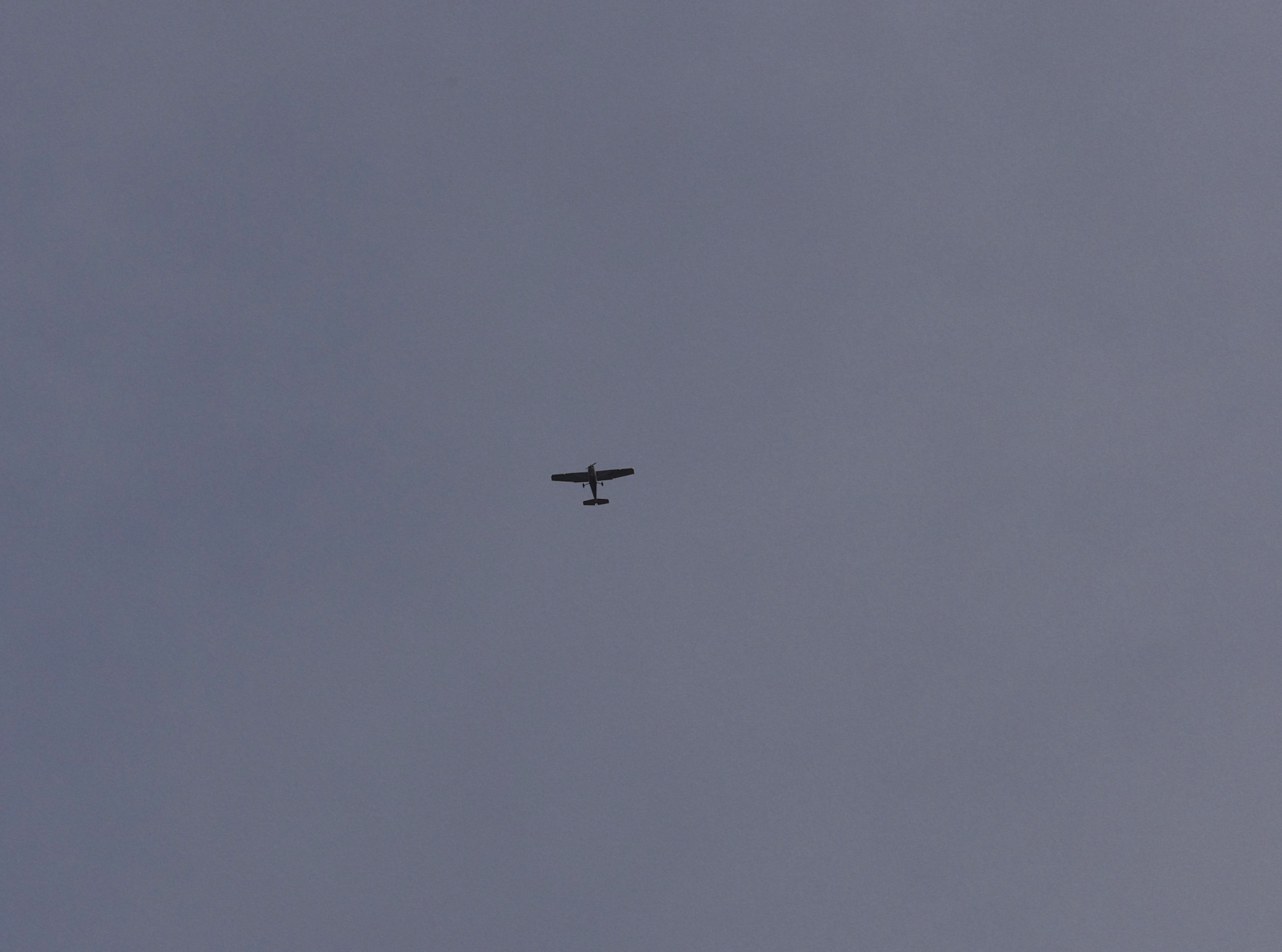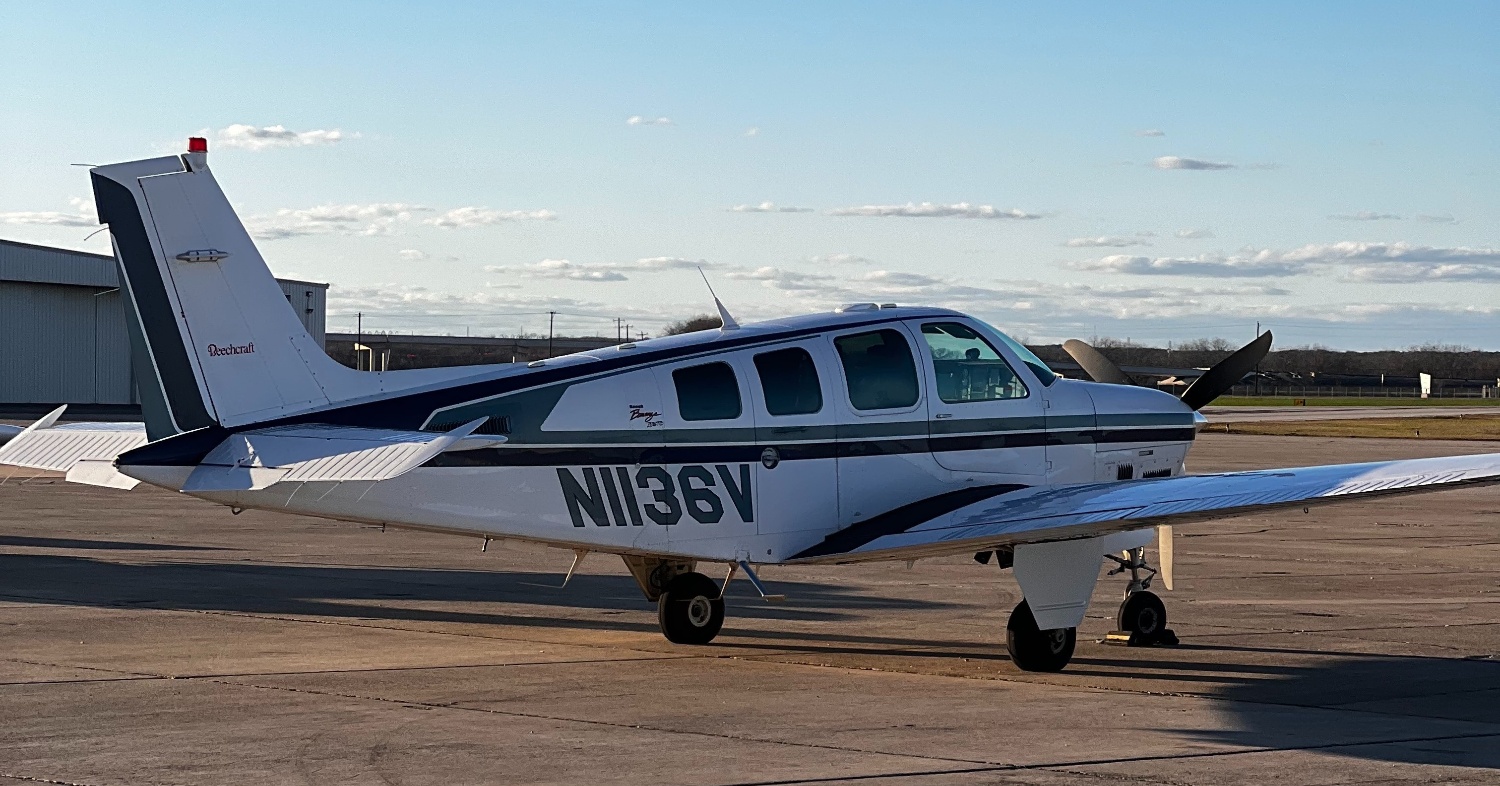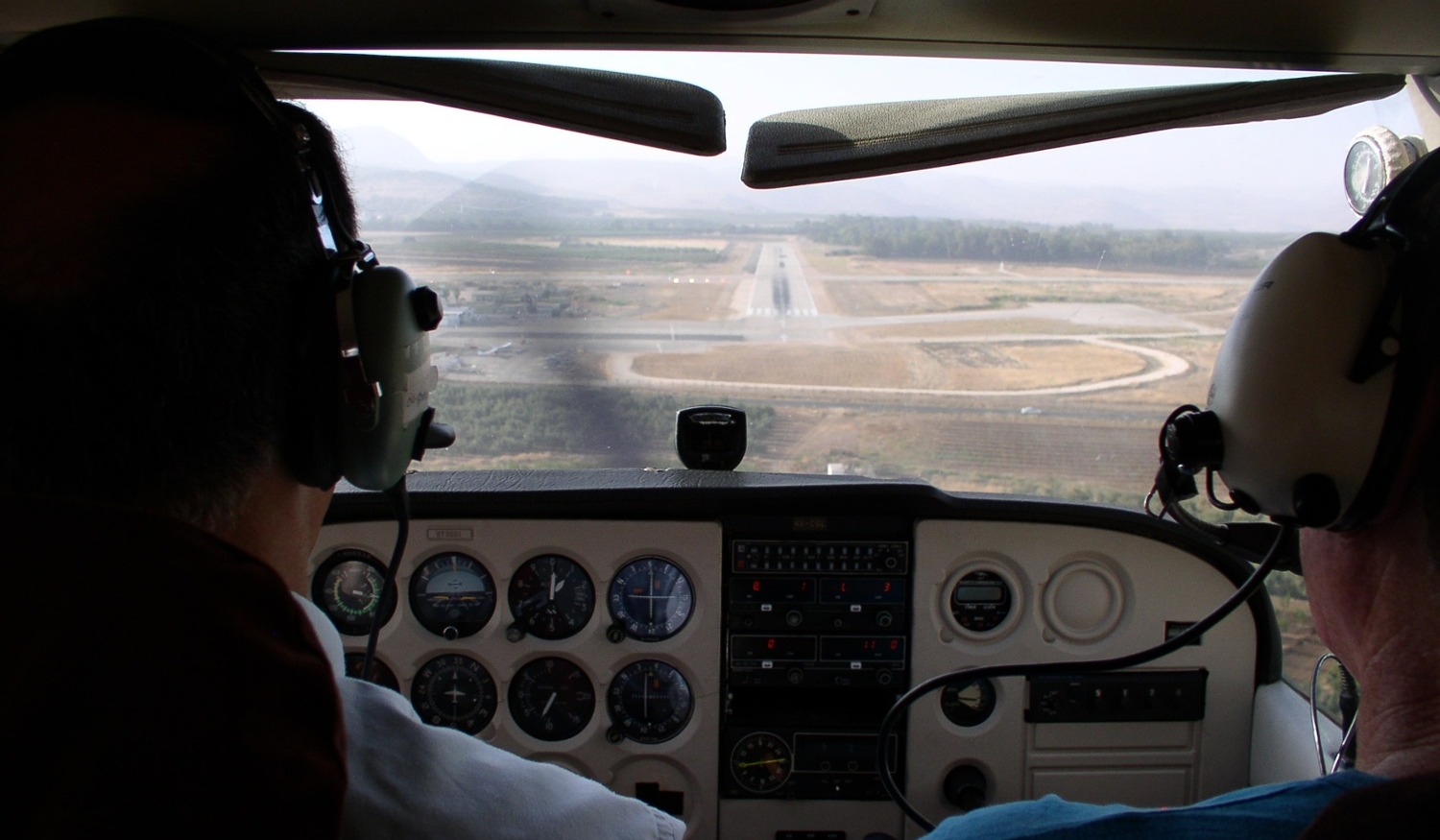At the beginning of my flying career, I found myself in a Beechcraft 1900D over the slopes of the Rocky Mountains. I was descending towards Denver International Airport while listening to the ATIS. It reported light thunderstorms with rain (-TSRA in METAR format).
I got on the horn with Approach Control and queried them on it. They told me the last ten aircraft had landed without any trouble. I told them they needed to remove the thunderstorm part, explaining that we were not allowed to fly through those things.
I blush about it now because I have flown approaches and landed dozens of times with the TS prefix appended to an ATIS. Yet, still, the fact remains: We do not fly through thunderstorms. Ever. Until we do.
What gives?
A scene in the movie "A Few Good Men" lends some answers. In a pivotal courtroom sequence, a prosecutor, played by Kevin Bacon, grills a Marine corporal over the rulebook. He implies that any standard operating procedure for a Marine would be clearly defined in one of the branch's many sets of orders and regulations.
During cross-examination, the defense attorney, played by Tom Cruise, asks where in the rulebook describes the location of the mess hall. The private blanches and explains the information is not in the book. The attorney questions, “How did you know where the mess hall was if it's not in this book?" The corporal responds, “Well, I guess I just followed the crowd at chow time, sir."

Consider this idea in the context of an airport environment. At a busy airport with a steady stream of arrivals and departures, pilot reports become the measuring stick by which the airport runs. Surface winds and radar are factors too, though a little yellow with splotchy red might only indicate rain.
The combination of different resources comes together to determine whether continuing an approach is wise. However, ultimately, this determination often takes place at an individual level, and that's where things get tricky. We all may have received similar training but we can interpret and apply it in dissimilar ways.
At smaller airports, the situation only gets more complicated. If you are flying under VFR, then, generally, your eyes are good enough to avoid hazardous areas (do not fly into—or underneath—Towering Cumulonimbus). However, in IMC, there is a little more work to do.
A TS prefix indicates the existence of lightning in the vicinity of an airport. This means that the hazard exists within the approach corridor for the landing runway.
In IMC, radar is required in order to “see” the cloud. As long as you understand the capabilities and limitations of your particular radar system, you can fly safely in proximity to thunderstorms. If the approach corridor is blocked by bad radar returns, find another approach or head to your alternate.
Three Principle Threats of Thunderstorms

Lightning
When approaching an airport with a TS descriptor, you are guaranteed to find at least one danger in proximity to your flight path: lightning. Lightning strikes are surprisingly survivable in an aircraft, but obviously, they are not pleasant.
The hazards are related to the (faint) possibility of serious mechanical failure and the fact that lightning strikes are fantastically distracting. Radios and other electronically sensitive equipment may not function properly following a lightning strike, though critical elements such as fly-by-wire have proven to be highly resistant to failure. Avoid areas with lightning if you can, but gather your wits and move on if you cannot.
Turbulence caused by substantial, gusty winds
Turbulence is more dangerous. Severe-to-extreme forms not only can render an aircraft uncontrollable but can also exceed the ultimate load limit of the airframe. Turbulence penetration airspeed (VB in the parlance of aviation) eliminates the potential to exceed the ultimate load limit. At or below VB, the wing will stall before it will fail.
Light aircraft also incorporate a Green Band (VNO) which should not be confused with VB. Within the upper limit of the green band, significant turbulence can still damage an aircraft. If you limit airspeed to VB when encountering turbulence (or the potential for turbulence), you will mitigate a major threat.
Still, by definition, extreme turbulence is an encounter in which you cannot maintain aircraft control, which also means you cannot manage speed. You end up at the mercy of the chaotic inner workings of a disturbed airmass. Avoidance is the buzzword for safe flight for a reason.
Turbulence is due to some form of wind shear (vertical or horizontal). This is risky during the cruise phase but deadly during an approach.
Maneuverability is highly dependent on altitude. At low altitudes, you are limited by your available energy. With low potential energy (i.e. altitude), the degree of diminishing performance you can successfully navigate decreases. A forty-knot shearing tailwind is going to force a descent at 10,000’. At 400’, it will smack you into the ground.
Hail
Hail is perhaps the greatest danger thunderstorms produce. An inflight encounter will create significant damage to propellers, engines, airframes, and windshields.
While avoiding the sharp red areas of radar is a good first step, hail can be found outside these returns. A radar return with sharp gradients should be avoided by 20 miles on the downwind side and 10 miles on the upwind.
For an all-weather pilot, flying in proximity to thunderstorms is a fact of life. Timely information from a variety of resources is paramount to making a safe decision.
That also means filtering the information, including pilot reports, through your personal minimums. Just because everybody in front of you is getting through does not mean you cannot be the first to decline. While completing your mission is desirable, landing safely at an alternate is better than white-knuckling it toward your destination.
Do not gamble with the weather. Even if it disrupts your day, diverting to an alternate has an upside. The places you never intended to go — and the path you never intended to take there — are sometimes the most interesting.
Share this
You May Also Like
These Related Articles

It's the Hope That Kills You

On Second Thought
